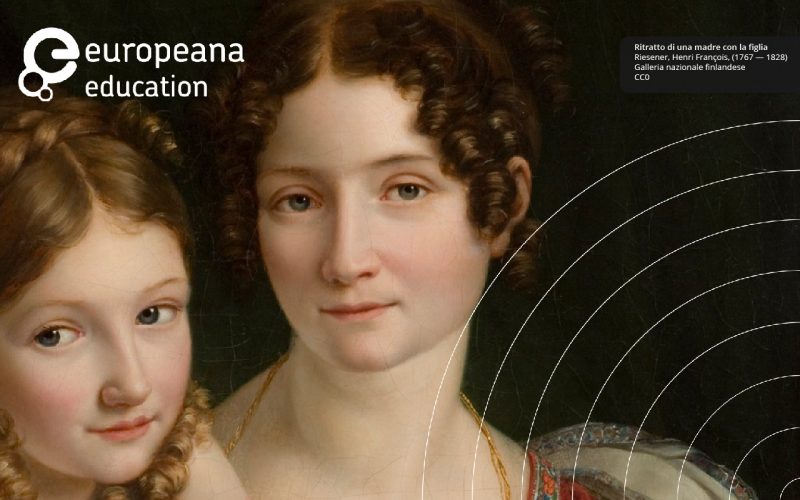indireinforma
Teaching with the cultural heritage. An EUN course teaches to use the Europeana digital library’s resources

Today, there is a compulsory choice for teachers: integrating didactics of cultural heritage in their lessons. This is suitable for innovative, interdisciplinary pedagogy, based on collaborations between students and teachers. When speaking of cultural heritage, we think immediately of museums and monuments but the concept is much larger, encompassing, landscape, libraries and the so called “immaterial heritage”, that is, customs and traditions, photographs, stories and cooking recipes.
The internet and digital technologies cad today make the cultural heritage available and universally usable. Since 2008, for example the digital library Europeana gathers and makes available for free the digitalised materials of some of the 28 EU countries. These are books, films, paintings, newspapers, sound archives, maps and manuscripts that can be a valuable asset to enrich class work for teachers of every school and level, and lead students to the understanding of history and European culture.
How to orientate in the vast online archive of resources provided by Europeana? The solution comes from the European Schoolnet (EUN) consortium that from next 16 May organises the free online course “Europeana in class: building up 21st century competences with digital cultural heritage”.
The course is organised into 5 modules, starting from showing the platform in general and therefore go into details to show participants how to create and use the different Eureopenana repositories and how to design engaging learning scenarios, using digital cultural heritage. By the end of the course, participants will be able to navigate the website and will be familiar with the apps, the tools and materials proposed in 30 languages by the digital library.
The course is open to everyone interested but the designed recipients are obviously teachers of primary and secondary school of all disciplines, teachers’ trainers, professionals working in museums and cultural centres. The course starts on 16 March and finishes on 21 April with a workload of approximately 25 hours. To obtain the certificate, participants must complete all the 5 modules besides the final peer review activity at the end of the last module.
Go to the course webpage on the European Schoolnet website >>

